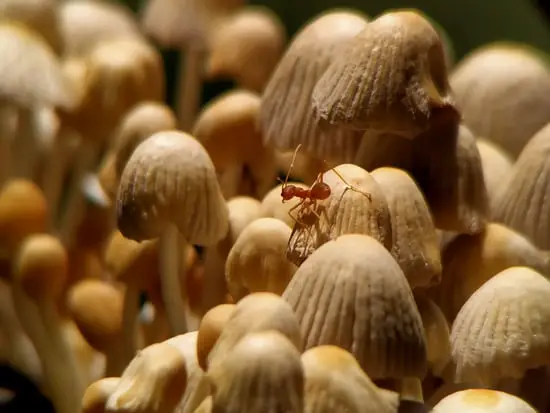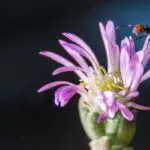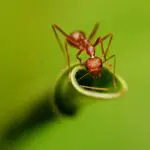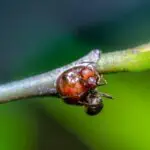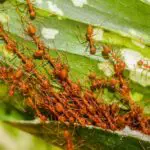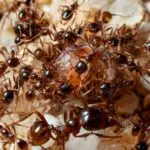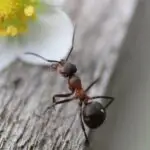How Do Ants Shed Their Skin?
During their life cycle, ants undergo a number of molts. These molts occur several times throughout the larval stage. Each molt involves the shedding of skin and exoskeleton.
The ant larva resembles a worm, but has no legs. It grows rapidly, and uses the food of adult worker ants. It has large digestive glands that open at its mouth. The larva also develops antennae.
After several molts, the ant larva changes into a pupa, which is a fully-formed adult insect. The pupa has folded legs, and the antennae are folded into a shape like the antennae of an adult ant. It is then surrounded by a cocoon. The pupae gradually darkens, and develops legs.
Adult ants spend much of their time feeding their larvae. They do not fly outside of their mating act. The queen ants are larger and live longer than other ants. They also have more food than the workers.
Some species of ants hibernate in the winter months. Ants are found in every continent. Some species are red, while others are black or tan. They can range in size from 1.5 to 13 millimeters.
Ants share a common “hive mind”. They work together in a colony. During the winter months, ants come together to stay warm. They also use their sense of smell to mark boundaries and find food. They also build nests.
Ants are very common in developed countries. They can be found in kitchens, cupboards, and in homes. They are attracted to meat, grease, and sugary foods. They also have the ability to detect chemicals in the soil and along the ground. They have been around for millions of years.
